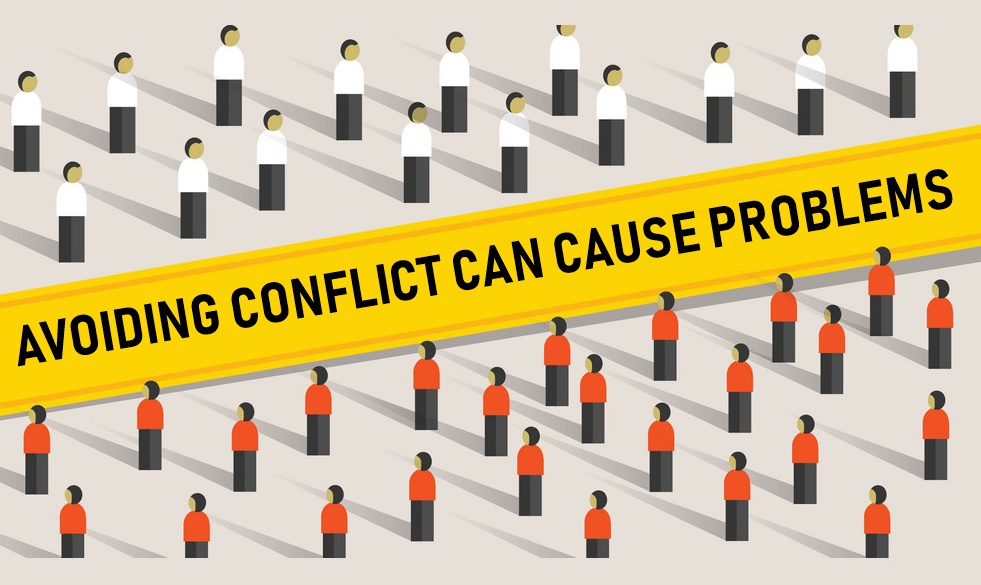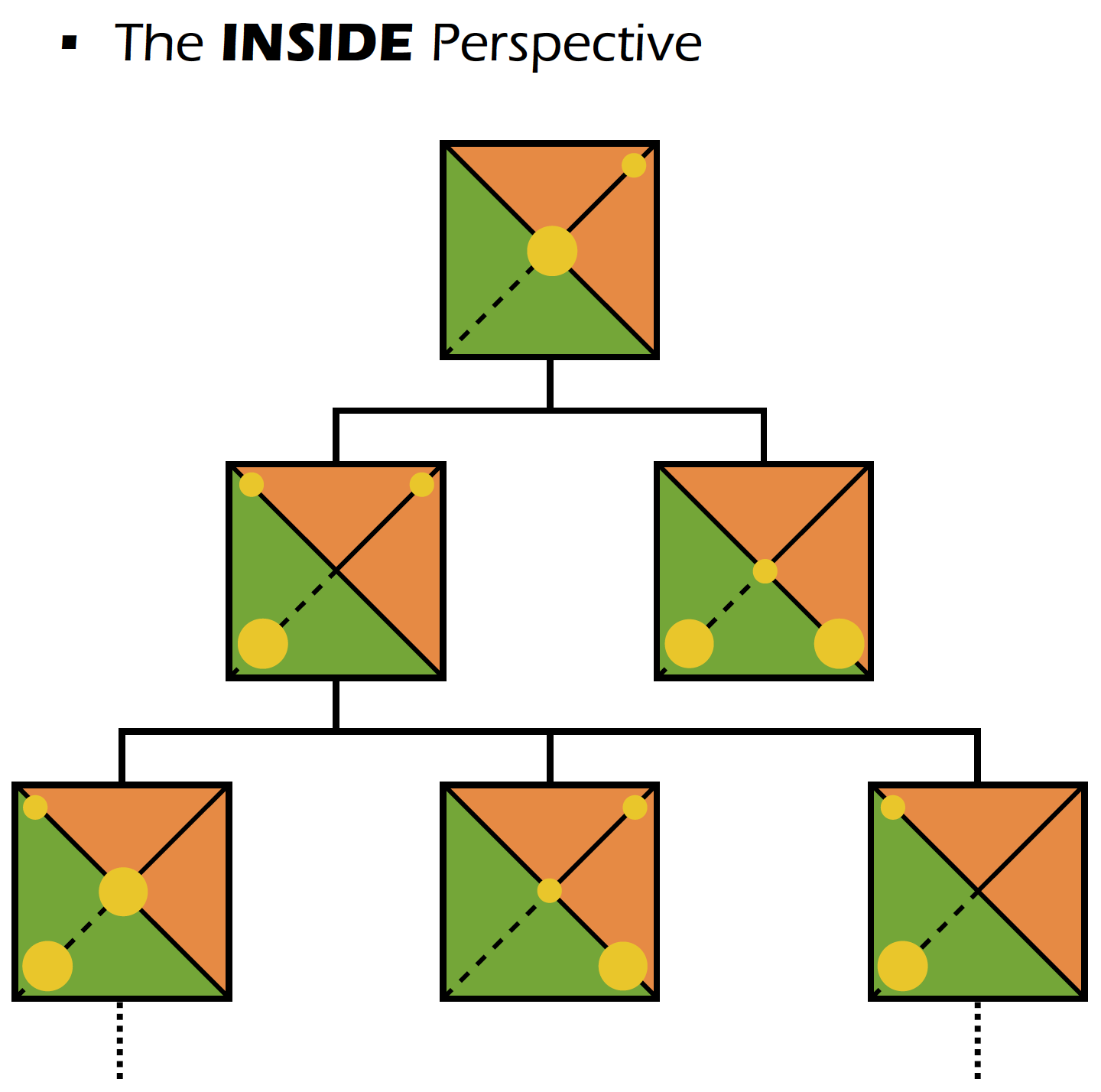18 Jan The Avoiding Culture in Many Organizations
Ralph H. Kilmann, co-author of the Thomas-Kilmann Instrument (TKI)
Many organizations seem to have a strong avoiding culture, which can best be investigated with a specific change in TKI instructions. Instead of asking members to respond to the thirty items in general terms (which are the official TKI instructions), I provide these modified instructions: “IN THIS ORGANIZATION, when you find your wishes differing from those of another person, how do you usually respond?”

What is the impact of this change in instructions? Instead of a person’s responses to the TKI being an average of ALL the conflict situations he faces (which can vary significantly between home and work, for example), with the modified instructions, a person’s responses on the TKI are specifically geared to his behavior in his workplace. When I then average the raw TKI scores of groups, departments, and the whole organization, I usually find that avoiding is in the top 25% (suggesting that it is being used too much), while one or more of the assertive modes (collaborating, competing, and compromising) are in the lower portion of the TKI profile (and thus being used too little).
As a sharp contrast to this finding, on a second TKI assessment I ask the same people to respond to these instructions: “OUTSIDE THIS ORGANIZATION, when you find your wishes differing from those of another person, how do you usually respond?” When I average the results to these modified instructions by group, department, and the whole organization, I am no longer surprised to find that members have more balanced profiles and, in fact, the avoiding mode may even be in the low 25% on the TKI profile, while the more assertive modes often appear in the middle 50% or high 25% on the profile.
This dual finding from two different TKI assessments (with the two different sets of instructions) suggests that the culture in the organization has taught people to avoid confronting others, even on matters that are very important to both the organization and its members. And the avoiding culture may also be reinforced by a reward system that penalizes people who confront their managers (as witnessed by who gets special assignments, bonuses, favors, and promotions).
But once the members of the organization, including senior managers, have become aware of the avoiding culture that prevails in different departments and levels in their organization, a very meaningful discussion can unfold: “What are the long-term consequences if we continue avoiding the most important issues facing our organization, because our culture and reward system have conditioned us to keep issues and problems to ourselves?” The responses to this question then open up the vital topic that needs to be addressed with a great deal of assertiveness: “How can we purposely change our culture and reward system to support the use of conflict modes, so we can bring about long-term satisfaction and success?”
Indeed, to drive home the point, I often use the typical, hierarchical organization chart and fill in each box on the chart with the conflict model. For each group, department and division in the organization, I then highlight which one or more modes are in the high 25% (by placing large circles on the conflict model for each box) and which modes are in the low 25% (by placing small circles in the appropriate locations on the model). This conflict-based organization chart is an eye opener! Sometimes, only the lower levels are high on avoiding. But other times, even the top managers (and all the boxes from top to bottom on the chart) are high on avoiding!

Keep in mind: Unless the TKI’s instructions are modified to specifically ask people about their responses to conflict in their work situation, an organizational assessment with the TKI might not be accurate (since employees may have responded to the TKI with a great variety of other conflict situations in mind). But modifying the instructors to reflect a specific setting thus provides a more accurate—and thus more meaningful—diagnosis.
Kilmann Diagnostics offers a series of eleven recorded online courses and nine assessment tools on the four timeless topics: conflict management, change management, consciousness, and transformation. By taking these courses and passing the Final Exams, you can earn your Certification in Conflict and Change Management with the Thomas-Kilmann Instrument (TKI). For the most up-to-date and comprehensive discussion of Dr. Kilmann’s theories and methods, see his 2021 Legacy Book: Creating a Quantum Organization: The Whys & Hows of Implementing Eight Tracks for Long-term success.





